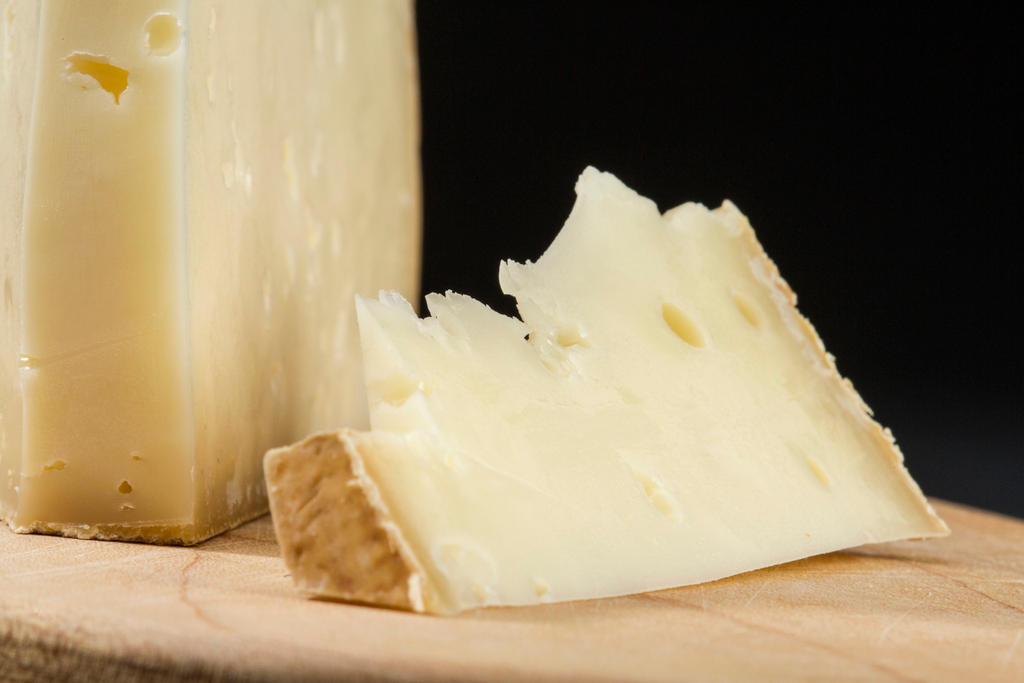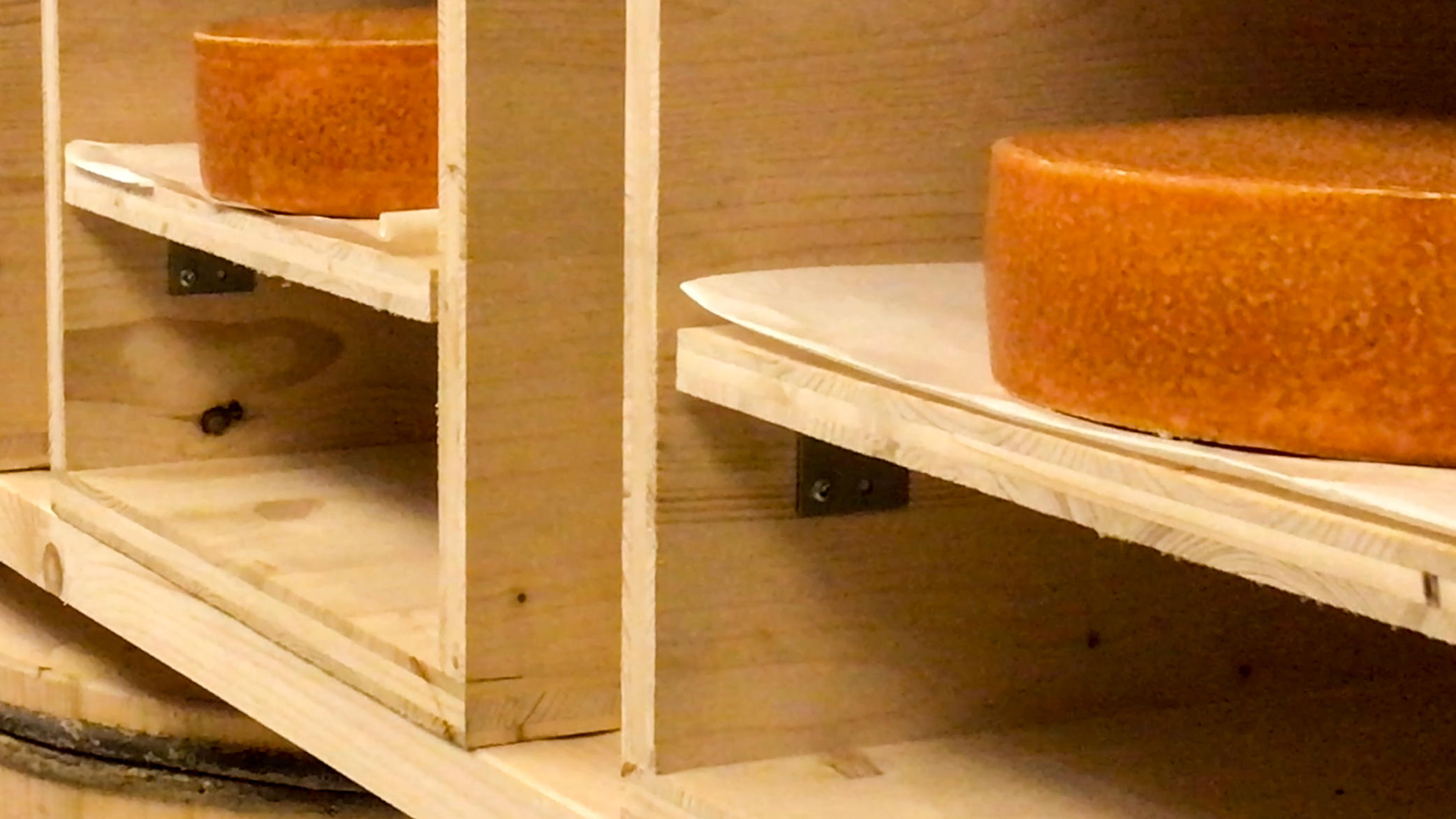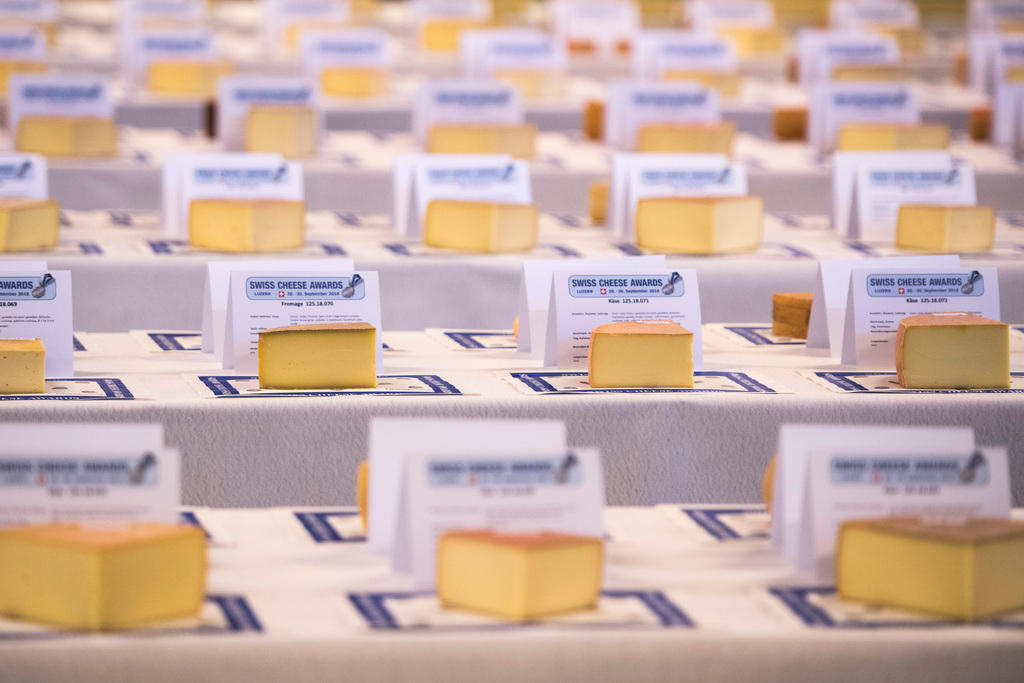Swiss cheese habits continue to soften in 2018

Cheese eaters in Switzerland upped their intake by 320 grams per person in 2018, according to annual statistics. Soft and spreadable types remain firm favourites.
Some 186,000 tonnes of cheese were eaten in Switzerland in 2018, according to the yearly stats released by several agricultural organisations. Per capita, this amounts to 21.73 kilos each, a slight increase on the previous year (+1.5%).
Soft options are still the frontrunners: mozzarella, quark, and cheese spreads continued their growth in popularity over the past decade and now make up over a third of all cheese eaten.
+ The ‘Swiss made’ label comes with strict criteria
Two-thirds of these soft cheese types are produced in Switzerland, a proportion in line with the overall domestically-produced share (67%). Though still considerable, this marks a drop from 10 years ago, when 75% of cheese was Swiss-made.
Semi-hard cheeses – varieties like Tilsiter, Appenzeller, or Vacherin (see photo) – were the second-most scoffed type in 2018, while hard cheeses (Emmental or Gruyère, for example) were third.

More
Cheese exposed to hip-hop tastes better, finds Swiss experiment

In compliance with the JTI standards
More: SWI swissinfo.ch certified by the Journalism Trust Initiative



You can find an overview of ongoing debates with our journalists here. Please join us!
If you want to start a conversation about a topic raised in this article or want to report factual errors, email us at english@swissinfo.ch.